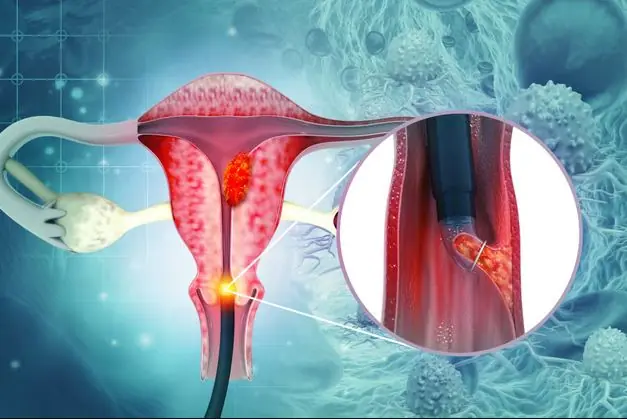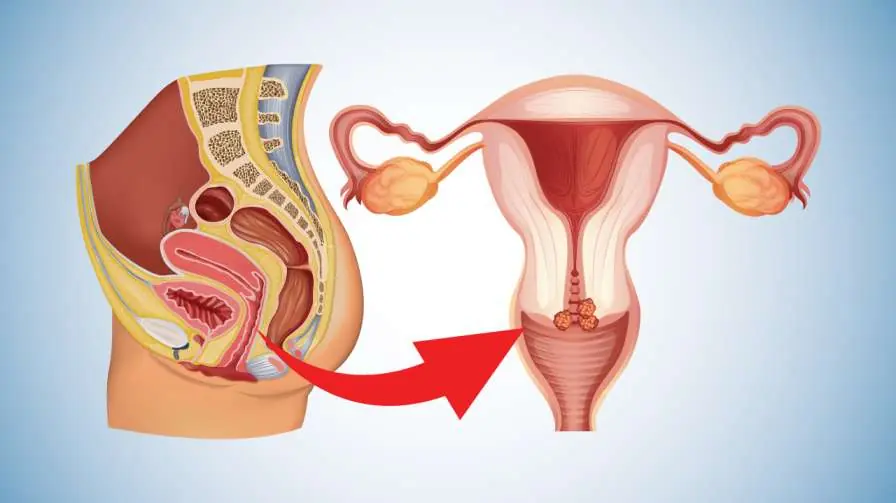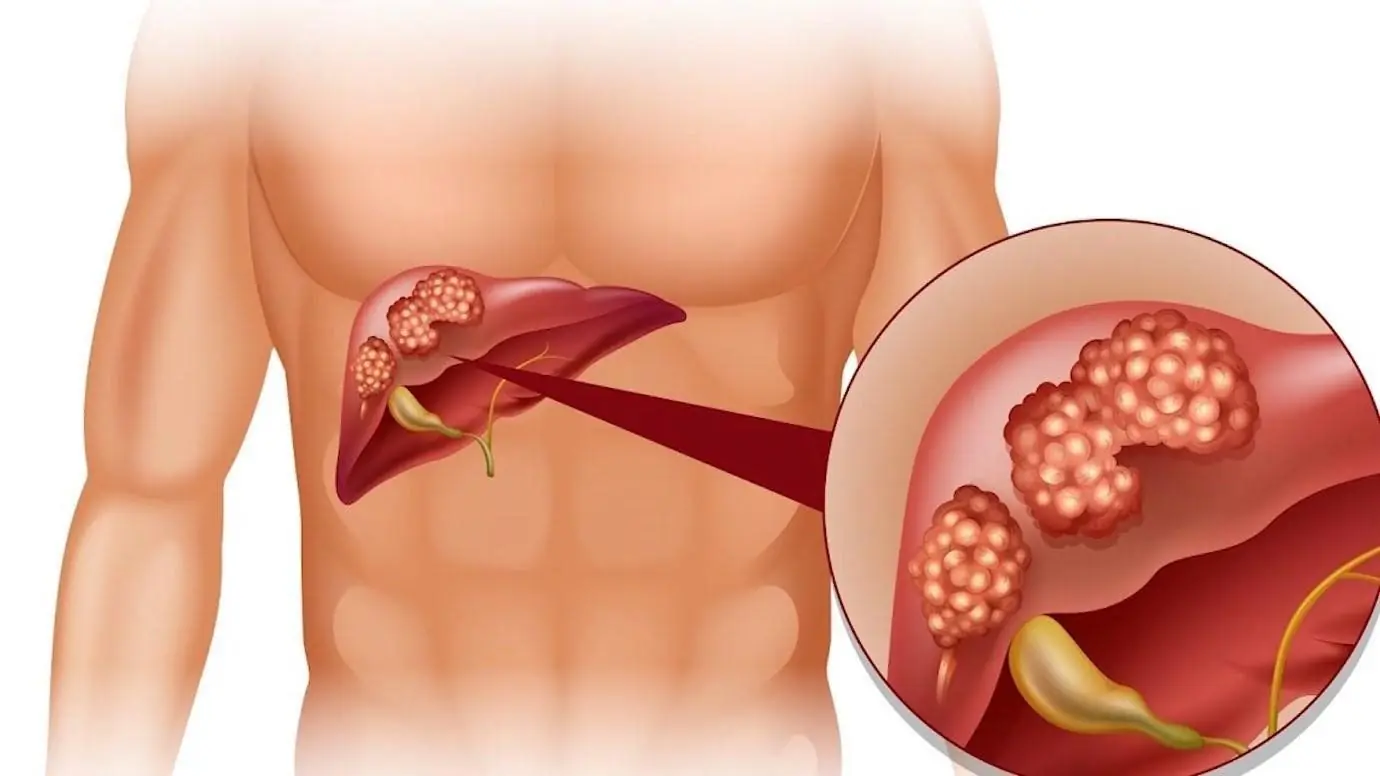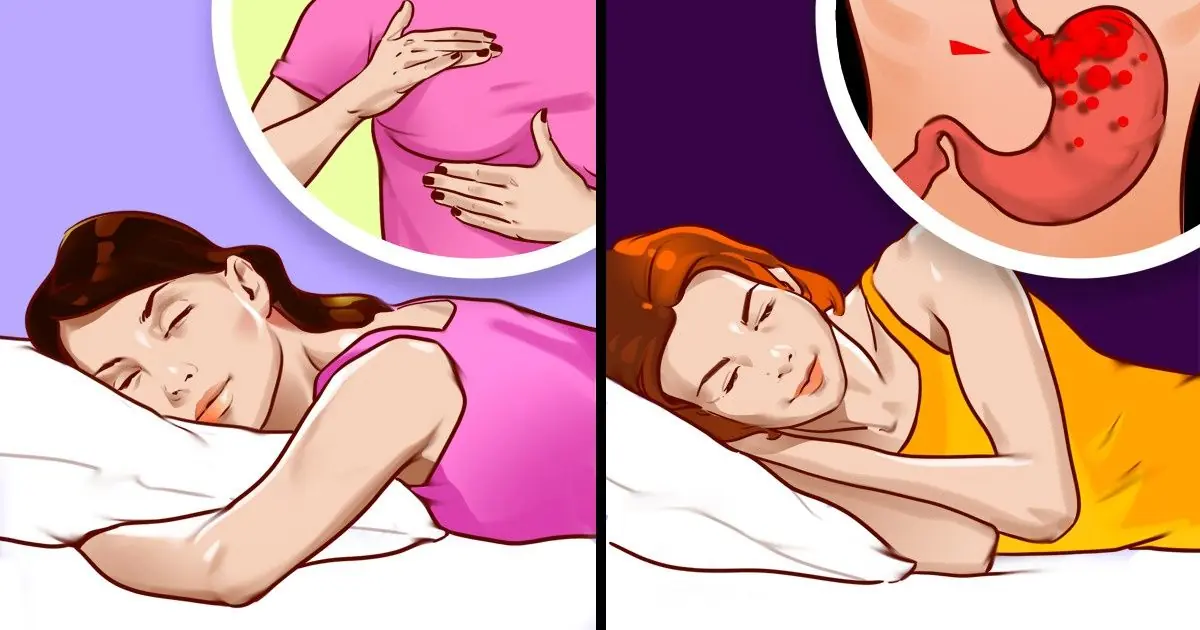
Cervical Can.cer: Are You in a High-Risk Group?
🌍 Why Cervical Cancer Is a Silent Threat
Cervical cancer is the second most common gynecological cancer in women worldwide, right after breast cancer. Its danger lies in the subtle symptoms in early stages, which are often overlooked until the disease progresses.
According to the World Health Organization (WHO), nearly 600,000 women are diagnosed worldwide each year, with over 300,000 deaths attributed to cervical cancer. In Vietnam, it’s estimated that 14 new cases are diagnosed daily, with 7 fatalities.
The primary cause? Human Papillomavirus (HPV). Studies show that up to 99% of cervical cancer patients are HPV-positive. Women aged 20–30 have the highest infection rates, reaching 20–25%.
While vaccination, regular gynecological exams, and proper hygiene are key preventive steps, certain lifestyle factors increase your risk significantly.

⚠️ High-Risk Factors You Should Know
1️⃣ Unprotected or Early Sexual Activity
HPV is mainly transmitted through sexual contact—including vaginal, anal, and oral sex. Women who:
-
Begin sexual activity before age 20
-
Have multiple sexual partners
-
Have partners with high HPV risk
…are at significantly higher risk.
Early sexual activity is especially dangerous because the cervical mucosa is not fully matured and more vulnerable to infections. Research shows women who start before 20 have a 2.5x higher risk of developing cervical cancer compared to those who start later.
2️⃣ Multiple Pregnancies or Frequent Childbirth
Frequent pregnancies, especially via vaginal delivery, can weaken the cervix and make it more susceptible to HPV and other infections. Hormonal changes and temporary immune suppression during pregnancy further increase vulnerability.
Studies indicate:
-
Women who have given birth 2 times or more have a 1.9x higher risk.
-
Women with 3 or more vaginal births have double the risk compared to women with 1–2 births.
3️⃣ Other Factors
-
Smoking: Weakens the immune system and increases cervical cell damage.
-
Immunodeficiency: Women with weakened immunity (e.g., HIV-positive) are at higher risk.
-
Poor cervical screening: Not getting regular Pap smears or HPV tests reduces early detection chances.

✅ Prevention and Early Detection
Even if you belong to a higher-risk group, cervical cancer can be prevented or detected early with simple steps:
-
HPV vaccination: Highly effective in preventing infections that cause most cervical cancers.
-
Regular gynecological checkups: Pap smear, HPV test, and colposcopy if needed.
-
Safe sexual practices: Condoms, limiting partners, and vaccination of partners.
-
Healthy lifestyle: Avoid smoking, maintain immunity, and stay informed.
Early detection saves lives: Cervical cancer caught in stage 1 has a 5-year survival rate above 90%.
News in the same category


Your Li.ver Is Tired — 7 Hidden Signs You’re Mistaking for “Normal” Stress

The Hidden Mineral Deficiency Behind Your Fatigue, Bloating, and Anxiety

A 38-Year-Old Woman With a Sto.mach Ulcer Never Imagined Her Daily Habit Would Lead to Such Serious Consequences

5 Times You Should Never Take a Shower — No Matter How Dirty You Are

Two everyday seasonings many people use are “catalysts” for thy.roid can.cer

15 Hidden Warning Signs of Can.cer You Should NEVER Ignore—Spot Them Early!

The Heart-Boosting Secret: How Eating Eggs Daily Could Help You Live Longer

6 Delicious Foods Packed with Collagen for Healthier Skin & Joints: Boost Your Glow Naturally!

Doctors Reveal: Eating Okra May Cause Unexpected Health Effects

Stop Sleeping on Your Right Side — Here’s Why It’s Hurting You

People with weak hearts and heart disease often have difficulty avoiding these 5 "strange" feelings when sleeping at night!

Affordable Local Fruits and Vegetables That Reduce Blood Fat

Doctors Urge the Public to Avoid These 4 High-Risk Beverages

A 40-Year-Old Woman Visits the Doctor for Bloating—But Ends Up Discovering Can.cer

Doctors were sho.cked when they initially thought the 9-month-old baby had an abnormal growth in his mouth

To prevent colorectal can.cer, you must know this

What causes the green ring around hard-boiled eggs?

4 Red Flags Your Brain Might Be in Trouble as Experts Warn Alzheimer’s Can Start Decades Before Symptoms Appear
News Post

Rubbing Ginger on Your Feet Before Bed: Men and Women Will Be Surprised by Its Benefits!

Eating Bananas on an Empty Stomach: Healthy Habit or Hidden Dan.ger?

The Forgotten Home Remedy That Instantly Soothes Tooth.ache

8 Can.cer-Kill.ing Foods You Should Add to Your Diet Immediately

6 Silent Warn.ing Signs of Br.east Can.cer Women Often Miss — Don't Ignore These Signals

The Hidden Healing Plant: Why Euphorbia Hirta Is Becoming Nature’s Most Unexpected Health Powerhouse

Your Li.ver Is Tired — 7 Hidden Signs You’re Mistaking for “Normal” Stress

The Silent Metabolism Kill.er: How Your “Healthy” Breakfast Is Slowing Your Fat Burn All Day

The Morning Habit Des.troying Your Skin! Find out now!

The Hidden Mineral Deficiency Behind Your Fatigue, Bloating, and Anxiety

The 7-Second Rule: The Surprising Morning Habit That Transforms Your Gut, Energy, and Mood

A 38-Year-Old Woman With a Sto.mach Ulcer Never Imagined Her Daily Habit Would Lead to Such Serious Consequences

5 Times You Should Never Take a Shower — No Matter How Dirty You Are

Top 10 “Most Beautiful Women in the World” According to the New “Golden Ratio” Calculation

91 YEAR-OLD WOMAN ARRESTED FOR TRYING TO STEAL MEDICATION

How to Use Onion to Get Rid of Pests:

Don’t Throw Them Away! These 5 Fruit Peels Can Repel Mosquitoes and Make Your Home Smell Amazing

Two everyday seasonings many people use are “catalysts” for thy.roid can.cer
